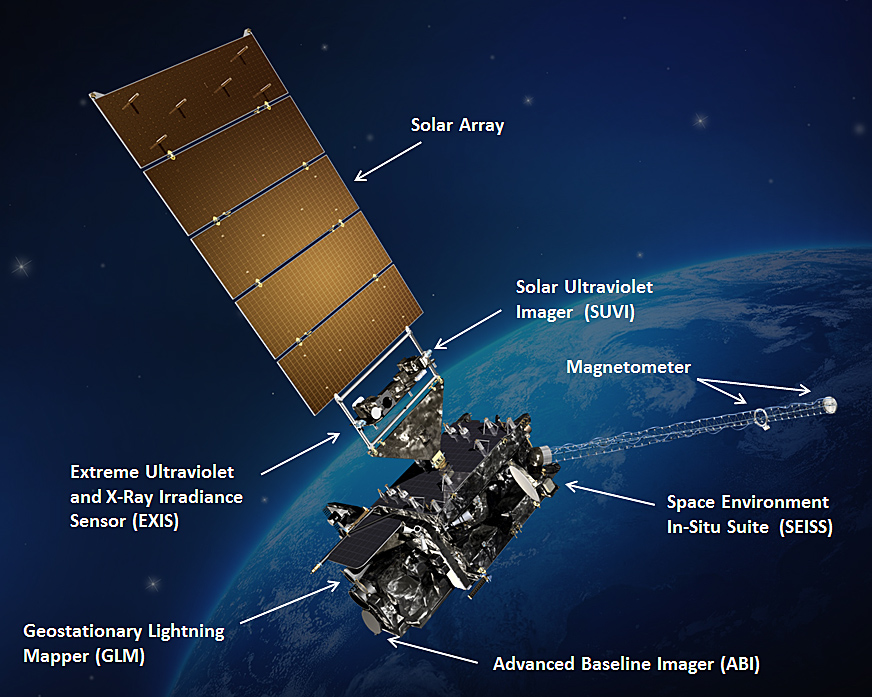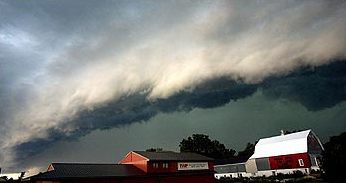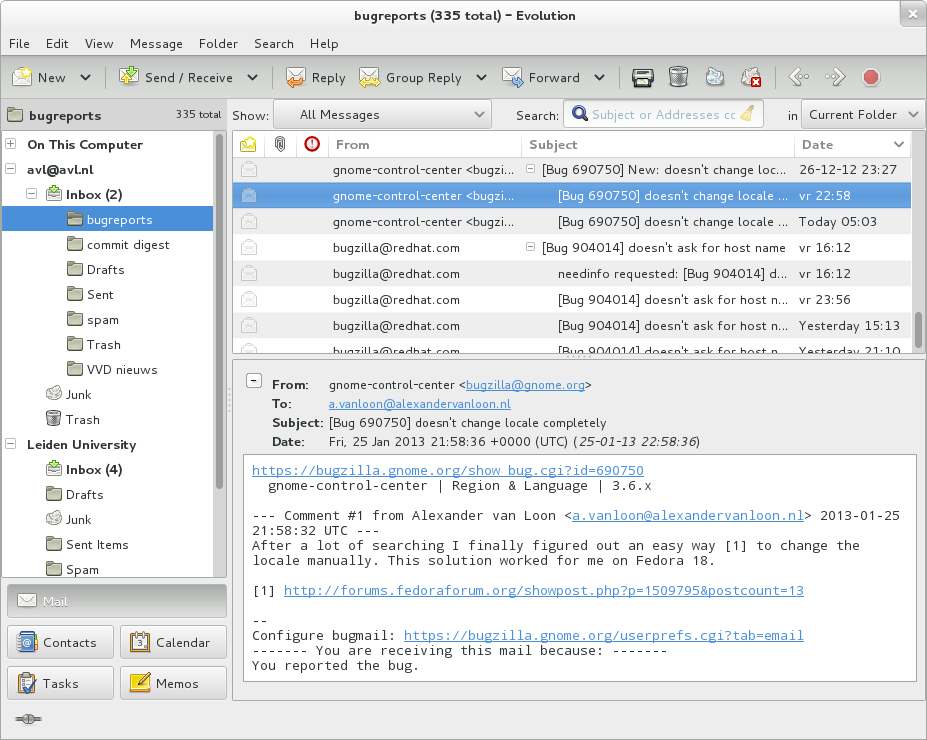|
Mariners Weather Log
The ''Mariners Weather Log'' is a triannual magazine that has been published by the United States Weather Bureau, the Environmental Science Services Administration, and the National Oceanic and Atmospheric Administration since 1957. It documents significant storms over and near the Earth's oceans and the Great Lakes of North America, tropical cyclones and extratropical cyclones alike. It is also used as an outreach tool to those who sail the high seas, in order to help gain greater weather reporting from ships at sea through the voluntary observing ship program, which became increasingly important during and after the decline of the weather ship and has taken up an increasing amount of the magazine recently. Although its coverage is primarily of the Northern Hemisphere, coverage of Southern Hemisphere tropical cyclones occurred between July 1973 and 1995. Purpose The ''Mariners Weather Log'' (''MWL'') contains articles, news, and information about marine weather events, worl ... [...More Info...] [...Related Items...] OR: [Wikipedia] [Google] [Baidu] |
Meteorology
Meteorology is a branch of the atmospheric sciences (which include atmospheric chemistry and physics) with a major focus on weather forecasting. The study of meteorology dates back millennia, though significant progress in meteorology did not begin until the 18th century. The 19th century saw modest progress in the field after weather observation networks were formed across broad regions. Prior attempts at prediction of weather depended on historical data. It was not until after the elucidation of the laws of physics, and more particularly in the latter half of the 20th century the development of the computer (allowing for the automated solution of a great many modelling equations) that significant breakthroughs in weather forecasting were achieved. An important branch of weather forecasting is marine weather forecasting as it relates to maritime and coastal safety, in which weather effects also include atmospheric interactions with large bodies of water. Meteorological ph ... [...More Info...] [...Related Items...] OR: [Wikipedia] [Google] [Baidu] |
National Weather Service
The National Weather Service (NWS) is an agency of the United States federal government that is tasked with providing weather forecasts, warnings of hazardous weather, and other weather-related products to organizations and the public for the purposes of protection, safety, and general information. It is a part of the National Oceanic and Atmospheric Administration (NOAA) branch of the Department of Commerce, and is headquartered in Silver Spring, Maryland, within the Washington metropolitan area. The agency was known as the United States Weather Bureau from 1890 until it adopted its current name in 1970. The NWS performs its primary task through a collection of national and regional centers, and 122 local Weather Forecast Offices (WFOs). As the NWS is an agency of the U.S. federal government, most of its products are in the public domain and available free of charge. History Calls for the creation of a government weather bureau began as early as 1844, when the electrica ... [...More Info...] [...Related Items...] OR: [Wikipedia] [Google] [Baidu] |
Triannual Magazines Published In The United States
{{Short pages monitor ... [...More Info...] [...Related Items...] OR: [Wikipedia] [Google] [Baidu] |
Transport Magazines Published In The United States
Transport (in British English), or transportation (in American English), is the intentional movement of humans, animals, and goods from one location to another. Modes of transport include air, land (rail and road), water, cable, pipeline, and space. The field can be divided into infrastructure, vehicles, and operations. Transport enables human trade, which is essential for the development of civilizations. Transport infrastructure consists of both fixed installations, including roads, railways, airways, waterways, canals, and pipelines, and terminals such as airports, railway stations, bus stations, warehouses, trucking terminals, refueling depots (including fueling docks and fuel stations), and seaports. Terminals may be used both for interchange of passengers and cargo and for maintenance. Means of transport are any of the different kinds of transport facilities used to carry people or cargo. They may include vehicles, riding animals, and pack animals. Vehicles may inclu ... [...More Info...] [...Related Items...] OR: [Wikipedia] [Google] [Baidu] |
Bookbinding
Bookbinding is the process of physically assembling a book of codex format from an ordered stack of ''signatures'', sheets of paper folded together into sections that are bound, along one edge, with a thick needle and strong thread. Cheaper, but less permanent, methods for binding books include loose-leaf rings, individual screw-posts (binding posts), twin loop spine coils, plastic spiral coils, and plastic spine combs. For protection, the bound stack of signatures is wrapped in a flexible cover or is attached to stiffened boards. Finally, an attractive cover is placed onto the boards, which includes the publisher's information, and artistic decorations. The trade of binding books is in two parts; (i) stationery binding ( vellum binding) for books intended for handwritten entries, such as accounting ledgers, business journals, blank-page books, and guest logbooks, and notebooks, manifold books, day books, diaries, and portfolios. (ii) letterpress printing and binding deals w ... [...More Info...] [...Related Items...] OR: [Wikipedia] [Google] [Baidu] |
Lighthouse Keeper
A lighthouse keeper or lightkeeper is a person responsible for tending and caring for a lighthouse, particularly the light and lens in the days when oil lamps and clockwork mechanisms were used. Lighthouse keepers were sometimes referred to as "wickies" because of their job trimming the wicks. Duties and functions Historically, lighthouse keepers were needed to trim the wicks, replenish fuel, wind clockworks and perform maintenance tasks such as cleaning lenses and windows. They were also responsible for the fog signal and the weather station, and played a major role in search and rescue at sea. Because most lighthouses are located in remote, isolated or inaccessible areas on islands and coastlines, it was typical for the work of lighthouse keeper to remain within a family, passing from parents to child, all of whom lived in or near the lighthouse itself. "Stag light" was an unofficial term given to some isolated lighthouses in the United States Lighthouse Service. It meant st ... [...More Info...] [...Related Items...] OR: [Wikipedia] [Google] [Baidu] |
Lighthouse
A lighthouse is a tower, building, or other type of physical structure designed to emit light from a system of lamps and lens (optics), lenses and to serve as a beacon for navigational aid, for maritime pilots at sea or on inland waterways. Lighthouses mark dangerous coastlines, hazardous shoals, reefs, rocks, and safe entries to harbors; they also assist in aerial navigation. Once widely used, the number of operational lighthouses has declined due to the expense of maintenance and has become uneconomical since the advent of much cheaper, more sophisticated and effective electronic navigational systems. History Ancient lighthouses Before the development of clearly defined ports, mariners were guided by fires built on hilltops. Since elevating the fire would improve the visibility, placing the fire on a platform became a practice that led to the development of the lighthouse. In antiquity, the lighthouse functioned more as an entrance marker to ports than as a warning signa ... [...More Info...] [...Related Items...] OR: [Wikipedia] [Google] [Baidu] |
Weather Buoy
Weather buoys are instruments which collect weather and ocean data within the world's oceans, as well as aid during emergency response to chemical spills, legal proceedings, and engineering design. Moored buoys have been in use since 1951, while drifting buoys have been used since 1979. Moored buoys are connected with the ocean bottom using either chains, nylon, or buoyant polypropylene. With the decline of the weather ship, they have taken a more primary role in measuring conditions over the open seas since the 1970s. During the 1980s and 1990s, a network of buoys in the central and eastern tropical Pacific Ocean helped study the El Niño-Southern Oscillation. Moored weather buoys range from in diameter, while drifting buoys are smaller, with diameters of . Drifting buoys are the dominant form of weather buoy in sheer number, with 1250 located worldwide. Wind data from buoys has smaller error than that from ships. There are differences in the values of sea surface temper ... [...More Info...] [...Related Items...] OR: [Wikipedia] [Google] [Baidu] |
Weather Satellite
A weather satellite or meteorological satellite is a type of Earth observation satellite that is primarily used to monitor the weather and climate of the Earth. Satellites can be polar orbiting (covering the entire Earth asynchronously), or geostationary (hovering over the same spot on the equator). While primarily used to detect the development and movement of storm systems and other cloud patterns, meteorological satellites can also detect other phenomena such as city lights, fires, effects of pollution, auroras, sand and dust storms, snow cover, ice mapping, boundaries of ocean currents, and energy flows. Other types of environmental information are collected using weather satellites. Weather satellite images helped in monitoring the volcanic ash cloud from Mount St. Helens and activity from other volcanoes such as Mount Etna. Smoke from fires in the western United States such as Colorado and Utah have also been monitored. El Niño and its effects on weather are mo ... [...More Info...] [...Related Items...] OR: [Wikipedia] [Google] [Baidu] |
Surface Weather Analysis
Surface weather analysis is a special type of weather map that provides a view of weather elements over a geographical area at a specified time based on information from ground-based weather stations. Weather maps are created by plotting or tracing the values of relevant quantities such as sea level pressure, temperature, and cloud cover onto a geographical map to help find synoptic scale features such as weather fronts. The first weather maps in the 19th century were drawn well after the fact to help devise a theory on storm systems.Eric R. MillerAmerican Pioneers in Meteorology.Retrieved on 2007-04-18. After the advent of the telegraph, simultaneous surface weather observations became possible for the first time, and beginning in the late 1840s, the Smithsonian Institution became the first organization to draw real-time surface analyses. Use of surface analyses began first in the United States, spreading worldwide during the 1870s. Use of the Norwegian cyclone model for ... [...More Info...] [...Related Items...] OR: [Wikipedia] [Google] [Baidu] |
National Data Buoy Center
The National Data Buoy Center (NDBC) is a part of the National Oceanic and Atmospheric Administration's (NOAA) National Weather Service (NWS). NDBC designs, develops, operates, and maintains a network of data collecting buoys and coastal stations. The NDBC is located in southern Mississippi as a tenant at the John C. Stennis Space Center, a National Aeronautics and Space Administration (NASA) facility. Operations NDBC employs engineers, meteorologists, oceanographers, computer scientists, and other professionals. NDBC provides hourly observations from a network of about 90 buoys and 60 Coastal Marine Automated Network (C-MAN) stations to help meet these needs. All stations measure wind speed, direction, and gust; atmospheric pressure; and air temperature. In addition, all buoy stations, and some C-MAN stations, measure sea surface temperature and wave height and period. Conductivity and water current are measured at selected stations. A new task is the operation of the DART ... [...More Info...] [...Related Items...] OR: [Wikipedia] [Google] [Baidu] |
Email
Electronic mail (email or e-mail) is a method of exchanging messages ("mail") between people using electronic devices. Email was thus conceived as the electronic ( digital) version of, or counterpart to, mail, at a time when "mail" meant only physical mail (hence '' e- + mail''). Email later became a ubiquitous (very widely used) communication medium, to the point that in current use, an email address is often treated as a basic and necessary part of many processes in business, commerce, government, education, entertainment, and other spheres of daily life in most countries. ''Email'' is the medium, and each message sent therewith is also called an ''email.'' The term is a mass noun. Email operates across computer networks, primarily the Internet, and also local area networks. Today's email systems are based on a store-and-forward model. Email servers accept, forward, deliver, and store messages. Neither the users nor their computers are required to be online simu ... [...More Info...] [...Related Items...] OR: [Wikipedia] [Google] [Baidu] |








